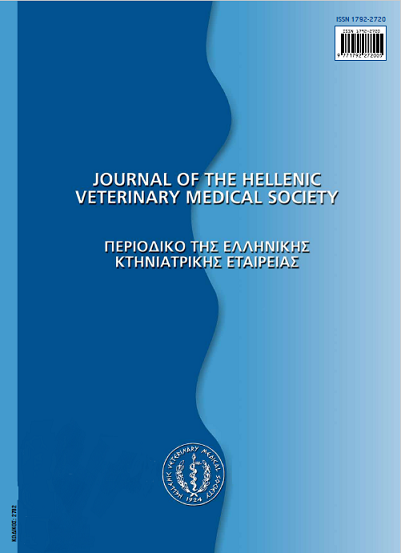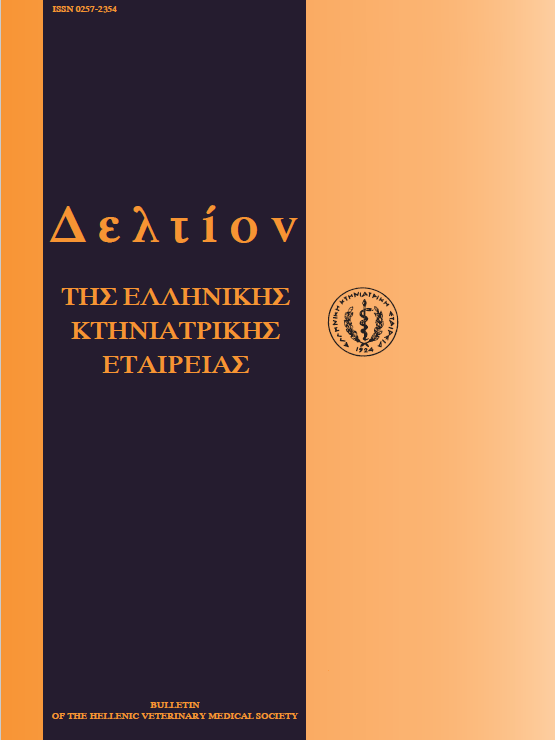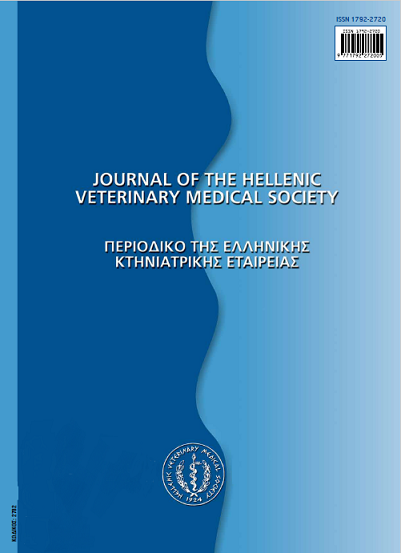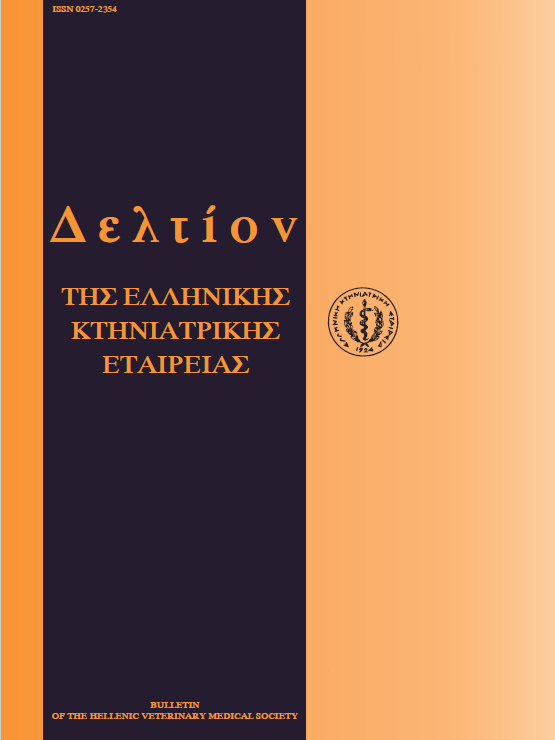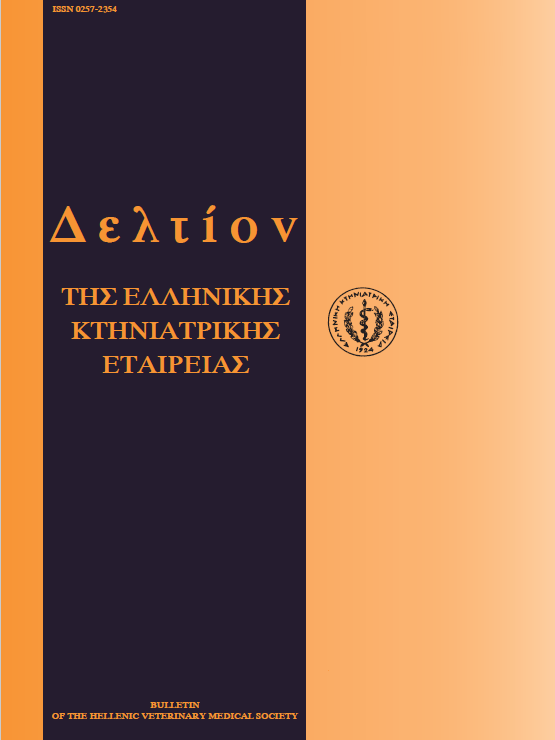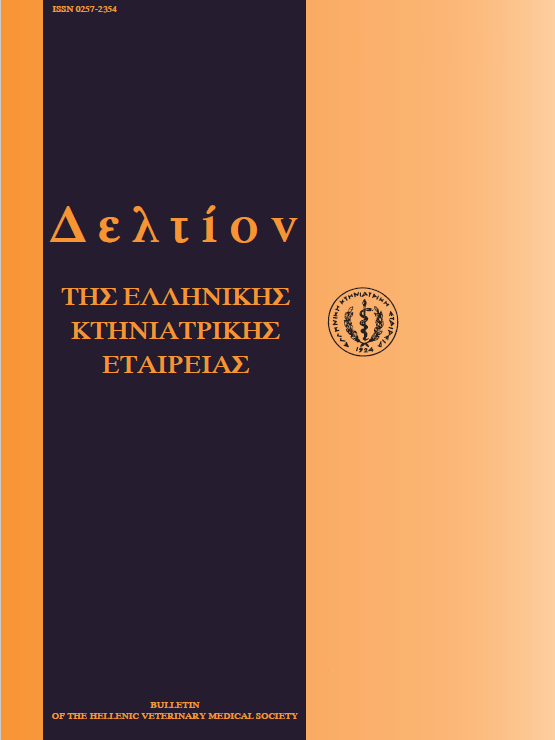Freezing of rabbit semen after the addition of glycerol and dimethylsulfoxide in the extender
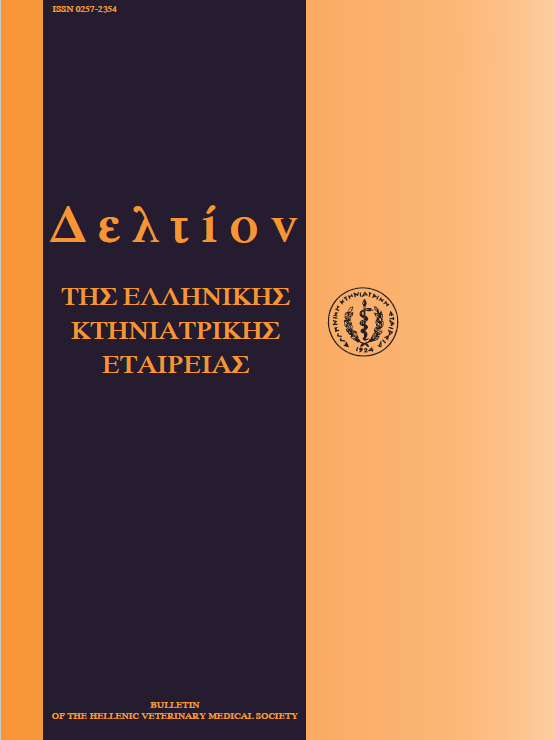
Abstract
In this study, semen from 10 rabbits was frozen after it was diluted in two different extenders, A and B. Extender A consisted of Tris-buffer in which 20% of egg yolk and 3% of glycerol were added, while extender Β had the same composition, plus 3% of dimethylsulfoxide (DMSO). The semen of the buck exhibiting the best post-thaw motility in the two extenders, was used for the insemination of two corresponding groups (I and II) of 20 does each. The average sperm motility of fresh semen (77%) was significantly reduced (P<0.05) after it was frozen in the extender A (47%) and Β (54%). The post-thaw sperm motility in extender Β was significantly higher (P<0.05) than that in extender A. The percentage of the animals that gave birth in group II (60%) was increased compared to that of the animals in group I (50%), but not significantly (P>0.05). Also, no significant difference (P>0.05) was observed between the average litter size of group I (6,8±1,7) and group II (7,0±1,9). Thereafter, it is concluded that freezing rabbit semen in an extender that contains a combination of the cryoprotective agents glycerol and DMSO, in the proportion of 3% and 3%, respectively, results in a significant improvement of post-thaw sperm motility, while it doesn't affect significantly its fertility value neither the size of the litters.
Article Details
- How to Cite
-
SAMOUILIDIS (Σ. ΣΑΜΟΥΗΛΙΔΗΣ) S., SAOULIDIS (Κ. ΣΑΟΥΛΙΔΗΣ) K., FOUKOS (Α. ΦΟΥΚΟΣ) A., YPSILANTIS (Π. ΥΨΗΛΑΝΤΗΣ) P., DEMERTZIS (Α. ΔΕΜΕΡΤΖΗΣ) A., & SBIRAKI (Α.Π. ΣΜΠΙΡΑΚΗ) A. P. (2018). Freezing of rabbit semen after the addition of glycerol and dimethylsulfoxide in the extender. Journal of the Hellenic Veterinary Medical Society, 52(4), 299–302. https://doi.org/10.12681/jhvms.15461
- Issue
- Vol. 52 No. 4 (2001)
- Section
- Research Articles

This work is licensed under a Creative Commons Attribution-NonCommercial 4.0 International License.
Authors who publish with this journal agree to the following terms:
· Authors retain copyright and grant the journal right of first publication with the work simultaneously licensed under a Creative Commons Attribution Non-Commercial License that allows others to share the work with an acknowledgement of the work's authorship and initial publication in this journal.
· Authors are able to enter into separate, additional contractual arrangements for the non-exclusive distribution of the journal's published version of the work (e.g. post it to an institutional repository or publish it in a book), with an acknowledgement of its initial publication in this journal.
· Authors are permitted and encouraged to post their work online (preferably in institutional repositories or on their website) prior to and during the submission process, as it can lead to productive exchanges, as well as earlier and greater citation of published work.



